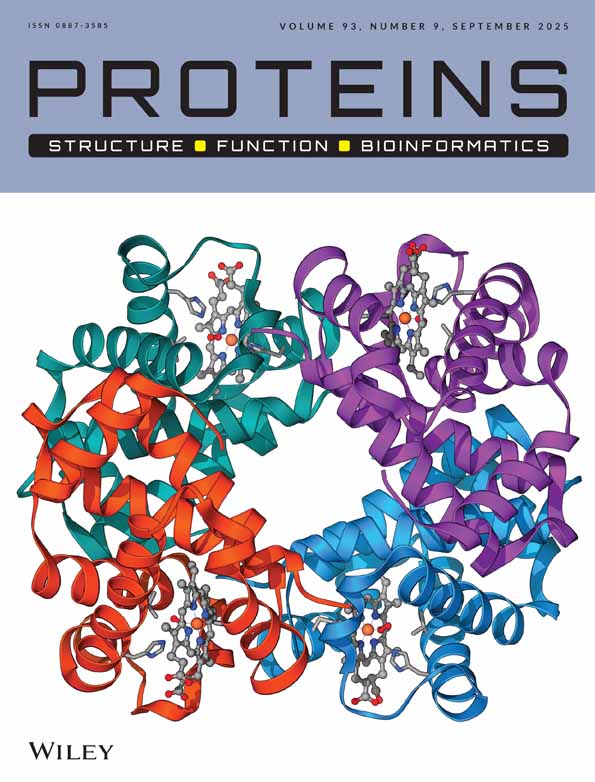Direct observation of an altered quaternary-structure transition in a mutant aspartate transcarbamoylase
Abstract
Time-resolved small-angle X-ray scattering (TR-SAXS) was used to monitor the structural changes that occur upon the binding of the natural substrates to a mutant version of the allosteric enzyme aspartate transcarbamoylase from Escherichia coli, in which the creation of a critical link stabilizing the R state of the enzyme is hindered. Previously, SAXS experiments at equilibrium showed that the structures of the unligated mutant enzyme and the mutant enzyme saturated with a bisubstrate analog are indistinguishable from the T and R state structures, respectively, of the wild-type enzyme (Tauc et al., Protein Sci. 3:1998–2004, 1994). However, as opposed to the wild-type enzyme, the combination of one substrate, carbamoyl phosphate, and succinate, an analog of aspartate, did not convert the mutant enzyme into the R state. By using TR-SAXS we have been able to study the transient steady-state during catalysis using the natural substrates rather than the nonreactive substrate analogs. The steady-state in the presence of saturating amount of substrates is a mixture of 60% T and 40% R structures, which is further converted entirely to R in the additional presence of ATP. These results provide a structural explanation for the reduced cooperativity observed with the mutant enzyme as well as for the stimulation by ATP at saturating concentrations of substrates. They also illustrate the crucial role played by domain motions and quaternary-structure changes for both the homotropic and heterotropic aspects of allostery. Proteins 31:383–390, 1998. © 1998 Wiley-Liss, Inc.




